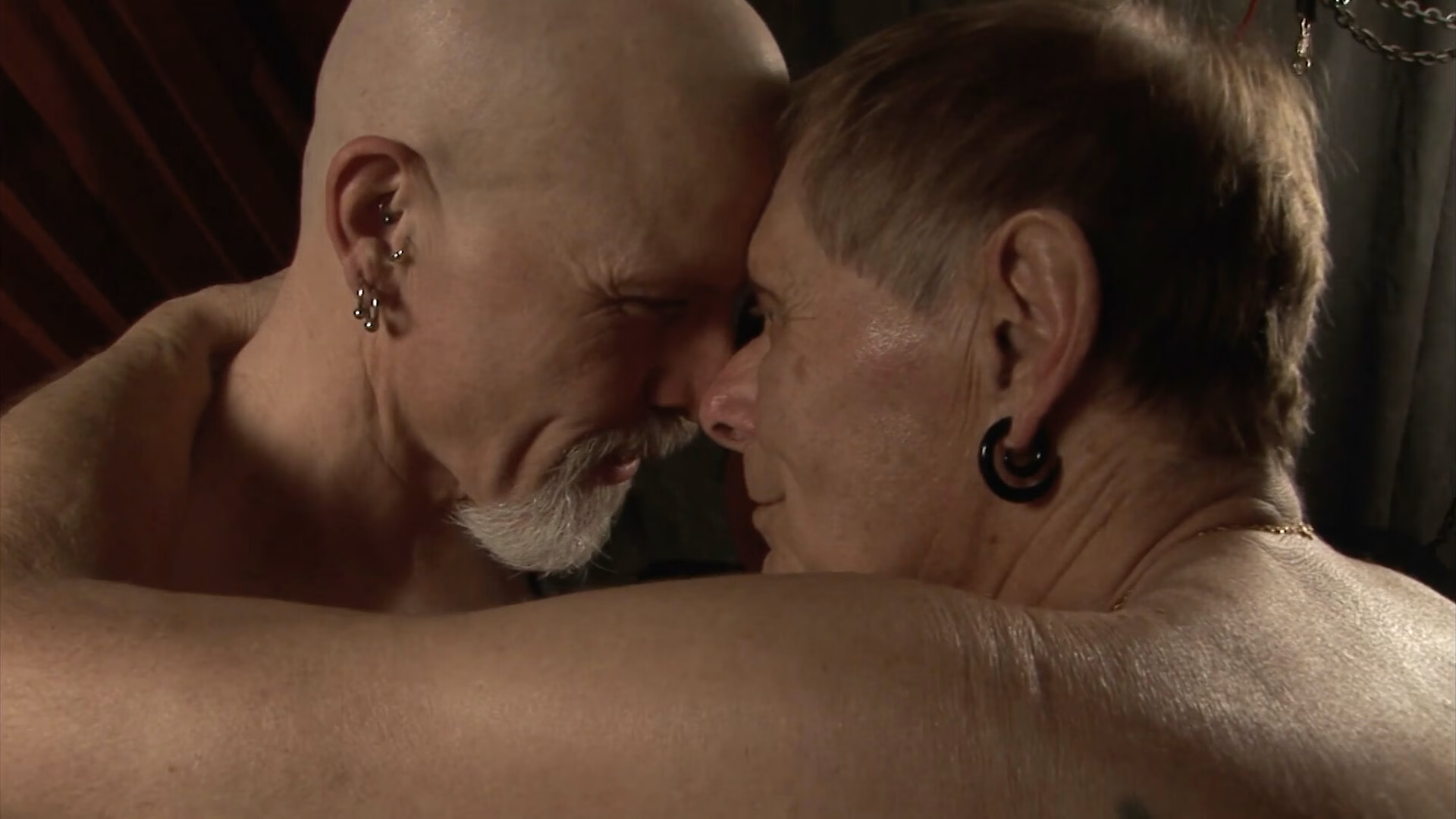A neck intricately wrapped with ropes, a waist constricted by a leather belt, lips meticulously clipped with clothing pins, and nipples adorned with fishing lures. Viewing the early photographs of Fakir Musafar, born Roland Loomis in 1930, is to encounter a striking and progressive artistic vision. Director Angelo Madsen’s latest documentary, A Body to Live In, offers a multifaceted look at Musafar’s complex life, exploring his pioneering role in extreme body modification.
In his youth, Musafar transformed his mother’s fruit cellar into a darkroom, where he captured semi-nude portraits themed around erotic bondage. Secretly piercing and tattooing his body, he often posed on a bed of nails. Despite growing up as an altar boy in a Lutheran church, his fascination with the “freaks and circus people” of his small town was ever-present.

In an era where tattoos and piercings have become mainstream, A Body to Live In serves as a reminder of Musafar’s deep ties to queer communities and the complexity of body art that defies gender norms. Madsen’s curated archival footage, interviews with Musafar’s contemporaries, and the artist’s own poetry weave together elements from his life, spanning San Francisco’s underground gay scene and beyond.
The documentary delves into Musafar’s influence on the “Modern Primitives” movement. His zine, Piercing Fans International Quarterly, celebrated BDSM and body modification, shaping the spiritual dimensions of the modern primitive subculture. Musafar himself stated, “When you make an opening in someone’s body, you’re making an opening in a psychic body.”
Many of the documentary’s images point not to the fragility of art but to its power. In one scene, Musafar performs a clitoral piercing on his wife, artist Cléo Dubois, as friends shout, “No more rape!” The film also offers poignant perspectives on the rituals of the “modern primitive” community and how they commemorate those lost during the AIDS pandemic. One member reflects, “When life and death are so close, mundane tasks are not enough,” emphasizing the importance of profound experiences.

As a young man, Musafar drew inspiration from the traditions of the Sissiton Sioux Indian reservation. The documentary recounts debates from a 1986 talk show between Musafar and Indigenous tribal leaders, addressing the ethical implications of modern primitive practices. By 1993, three tribal groups opposed the public appropriation of these practices, and in 2003, the Lakota people banned “non-Natives” from participating in sacred rituals.
Madsen resists nostalgia, instead advocating for a reevaluation of the past. Musafar’s battle with cancer is treated with similar balance. Ultimately, A Body to Live In emerges as a poetic and often unsettling film, prompting reflection on life’s purpose as Musafar, on his deathbed, suggests the need to “finally be free of a physical condition.”
Details for upcoming screenings of A Body to Live In can be found on the film’s website.













